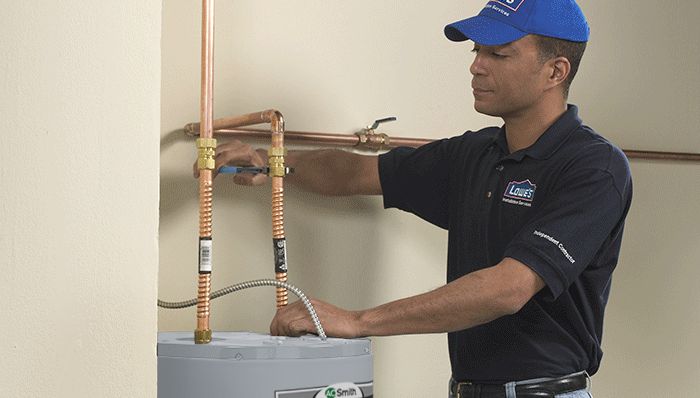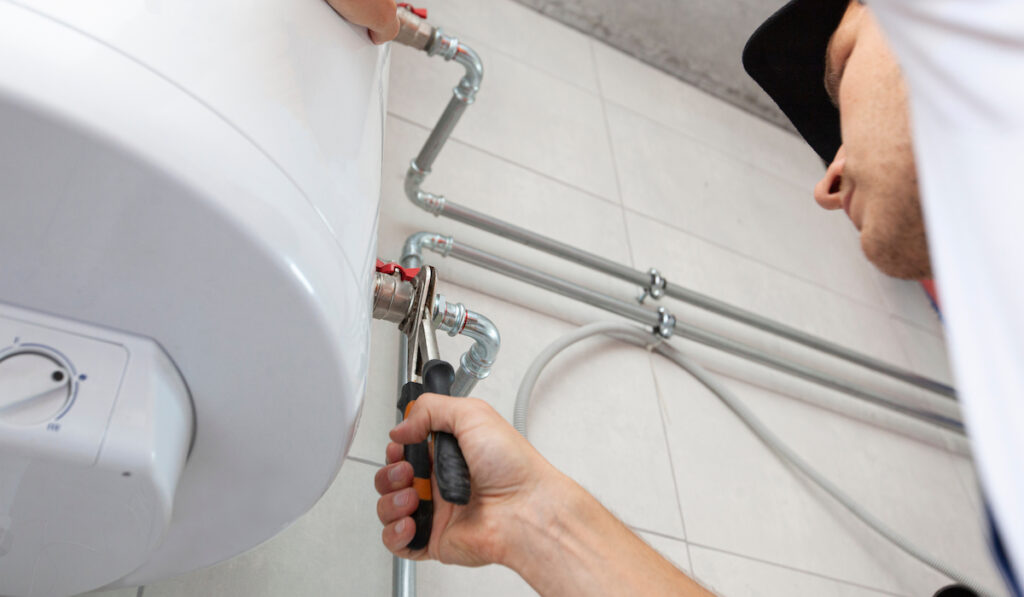We've discovered this post about What Kind of Maintenance Do Water Heaters Need? directly below on the internet and felt it made sense to write about it with you here.

Warm water is necessary for everyday convenience, whether it's for a rejuvenating shower or cleaning recipes. To ensure your warm water system runs efficiently and lasts much longer, regular maintenance is vital. This post supplies practical suggestions and understandings on exactly how to keep your home's hot water system to stay clear of disruptions and costly repair services.
Introduction
Maintaining your home's warm water system might seem daunting, but with a couple of easy actions, you can ensure it runs smoothly for several years to come. This overview covers everything from comprehending your warm water system to DIY maintenance ideas and knowing when to call professional assistance.
Value of Maintaining Your Hot Water System
Routine upkeep not just prolongs the life-span of your warm water system but also ensures it runs efficiently. Ignoring maintenance can cause lowered efficiency, greater power bills, and also premature failing of the system.
Indicators Your Hot Water System Requirements Upkeep
Recognizing when your hot water system needs focus can prevent major problems. Watch out for indications such as inconsistent water temperature, strange sounds from the heater, or rusty water.
Comprehending Your Warm Water System
Prior to diving right into upkeep jobs, it's valuable to understand the basic components of your hot water system. Generally, this consists of the water heater itself, pipes, anode rods, and temperature controls.
Monthly Maintenance Tasks
Regular month-to-month checks can aid catch small concerns prior to they intensify.
Purging the Hot Water Heater
Purging your water heater removes debris build-up, boosting effectiveness and extending its life.
Checking and Replacing Anode Rods
Anode rods prevent corrosion inside the container. Evaluating and changing them when worn is important.
Checking and Changing Temperature Setups
Readjusting the temperature settings makes certain optimum efficiency and security.
DIY Tips for Upkeep
You can do a number of maintenance jobs yourself to keep your hot water system in leading condition.
Checking for Leakages
On a regular basis examine pipes and links for leakages, as these can result in water damages and higher costs.
Checking Pressure Relief Valves
Examining the stress relief valve guarantees it functions appropriately and avoids too much pressure accumulation.
Insulating Pipelines
Insulating warm water pipes lowers heat loss and can save power.
When to Call an Expert
While do it yourself maintenance is useful, some problems call for expert know-how.
Complex Concerns Requiring Expert Aid
Examples consist of major leakages, electrical issues, or if your water heater is constantly underperforming.
Routine Expert Upkeep Perks
Professional maintenance can include extensive examinations, tune-ups, and making certain conformity with security standards.
Conclusion
Routine maintenance of your home's warm water system is important for performance, long life, and expense financial savings. By following these tips and recognizing when to seek expert assistance, you can guarantee a dependable supply of warm water without unexpected interruptions.
Water Heater Maintenance Tips
Test the TPR Valve
Shut off the power and the cold-water supply valve. Place a bucket under the pipe connected to the temperature-pressure-release (TPR) valve on the top or side of the tank. (This valve opens if the tank pressure gets too high.) Lift the valve’s tab to let some water out, then let go. If water keeps flowing, drain the tank partway, unscrew the old valve with a pipe wrench, and install a new one. Check the Anode Rod
Put a hose to the tank’s drain cock and let out a few gallons of water. Now fit a 1 1/16-inch socket onto the rod’s hex head on top of the heater (or under its top plate) and unscrew the rod. If it’s less than ½ inch thick or coated with calcium, buy a new one, wrap its threads with Teflon tape, put it back in the tank, and tighten securely. Use this segmented rod if headroom above the tank is limited. Drain the Tank and Wash Out Sediment
Drain the remaining water in the tank into the bucket, then stir up the sediment on the tank’s bottom by briefly opening the cold-water supply valve. Drain and repeat until clean water comes out of the hose. Close the drain cock, refill the tank, and turn its power back on. Adjust the Temperature
Find the temperature dial on the side of the tank and unscrew its cover. Adjust the dial to 120 degrees using a flathead screwdriver. For every 10 degrees the temperature is lowered, you can expect to save up to 5 percent in energy costs. Turn the water heater off or the thermostat down to its lowest setting if you plan to be away from home for more than three days. Insulate the Pipes
Buy some self-sticking 3/8-inch-thick foam pipe insulation that matches the pipes’ diameter. Slide the foam over the hot-and cold-water pipes as far as you can reach. Insulating the cold-water pipe prevents condensation in summer. Peel the tape and squeeze the insulation closed. If the pipe is 6 inches or less from the flue, cover it with 1-inch-thick unfaced fiberglass pipe wrap. https://www.thisoldhouse.com/plumbing/21016402/how-to-maintain-a-water-heater

Hopefully you enjoyed reading our part on What Kind of Maintenance Do Water Heaters Need?. Thanks a ton for taking time to browse our short article. Make sure you take the time to distribute this blog entry if you enjoyed it. Thanks for your time. Return soon.
Book Services